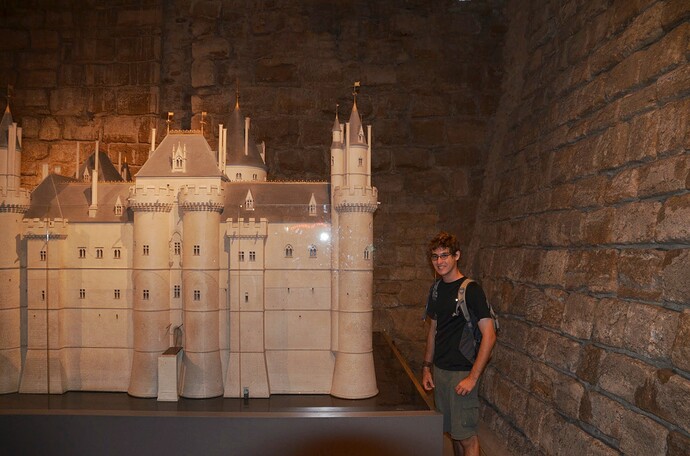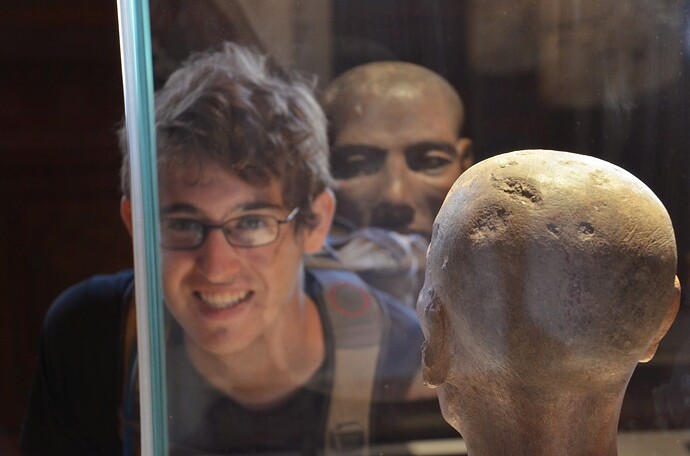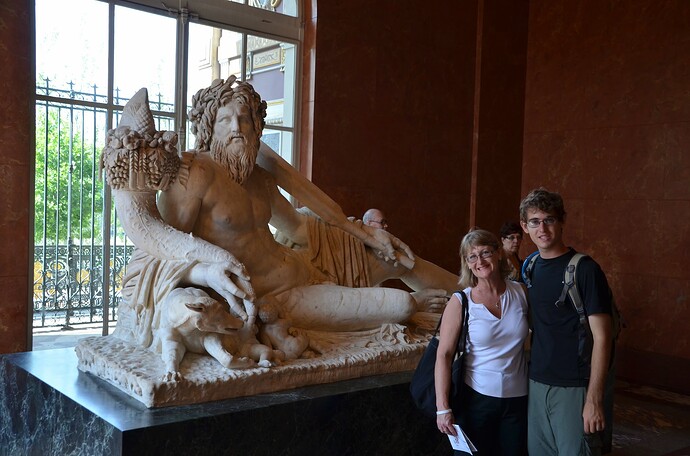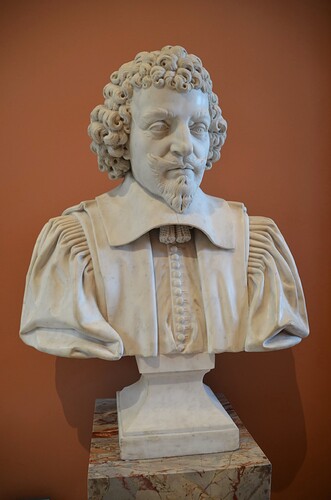Ten years ago to the day, the Louvre, originally a medieval fortress, was transformed into a royal palace in the 16th century. It became a public museum during the French Revolution in 1793. Over the centuries, it has expanded and now houses approximately 38,000 objects from prehistory to the 21st century. The iconic glass pyramid entrance was added in 1989. Today, it’s the world’s most visited museum.
Our favorite museum on the planet? As of 2023, the Louvre has been a museum for 230 years!
The Museum of the Museum
The basement houses the Medieval Louvre section, which includes the foundations of the original fortress that stood on the site before the palace was built. This area displays the history of the Louvre from its origins as a fortress in the late 12th century.
The Louvre Pyramid is a large glass and metal pyramid designed by Chinese-American architect I.M. Pei. The design was controversial when it was first unveiled, as many felt that the modernist style clashed with the classic French Renaissance style of the Louvre. Despite the initial controversy, the pyramid was completed and opened to the public in 1989. It has since become an iconic symbol of the Louvre Museum and is admired for its innovative design.
The pyramid is made of glass segments and metal poles, allowing natural light to enter the underground lobby of the museum. It stands about 21.6 meters (71 feet) high and is composed of approximately 673 glass panes.
There are more than 38,000 objects on display in the Lourve.
The French Revolution, which began in 1789, played a significant role in transforming the Louvre from a royal palace into a public museum.
Before the Revolution, the Louvre was a symbol of the monarchy, serving as a royal residence and housing the king’s art collection, which was not open to the general public. However, during the Revolution, the monarchy was overthrown, and there was a strong push to democratize access to art and culture.
In 1791, the revolutionary government declared that the Louvre would be transformed into a place to display the nation’s masterpieces. The National Assembly decreed that the Louvre should be used as a museum to display the nation’s art treasures, which would be accessible to the public to educate and inspire the citizens of the new republic.
The Louvre officially opened as a public museum in August 1793 with an exhibition of 537 paintings, the majority of which were royal and confiscated church property. The museum has since grown and expanded to become one of the largest and most visited museums in the world.
The Meeting of Alexander the Great and Diogenes
1671-89
Marble, 332 x 296 cm
Musée du Louvre, Paris
One of The Four Captives. Each represents a nation defeated by France in battles - Dutch Republic, Spain, Germany, and the Holy Roman Empire.
Stone relief “Zaleucus” representing the story of Zaleucus gouging out his eye after having condemned his son to gouge out his other eye for committing the fault of adultery.
Sorry, can’t resist a little photo trickery.
Caryatids are sculpted female figures serving as architectural support taking the place of a column or a pillar supporting an entablature on their heads. The term originates from the Greek “Karyatides,” which means “maidens of Karyai,” an ancient town of Peloponnese in Greece.
It is not too difficult to find remnants of the King’s Palace, only open to a few of the elete.
We could not pass up another opportunity for a selfie of the family.
Melpomene, the Muse of Tragedy, is depicted as a stately figure, draped in robes, holding a tragic mask in her hand. The statue embodies the solemnity and dramatic intensity associated with Greek tragedy.
There were quite a few signs directing us to the Mona Lisa. We finally step in this massive room filled with people and at the far end there is one of the smallest paintings in the entire Lourve, but there it is.
If you are tall with long arms you can almost get a picture of it.
Four Slaves - sculpture by Pierre de Francqueville, plus a spare.
Such a grand palace!
Can you imagine setting the table for 50?
We will leave it here with one last funny photo.
We are off for the overnight train to Germany, see you tomorrow in Garmisch-Partenkirchen!


























